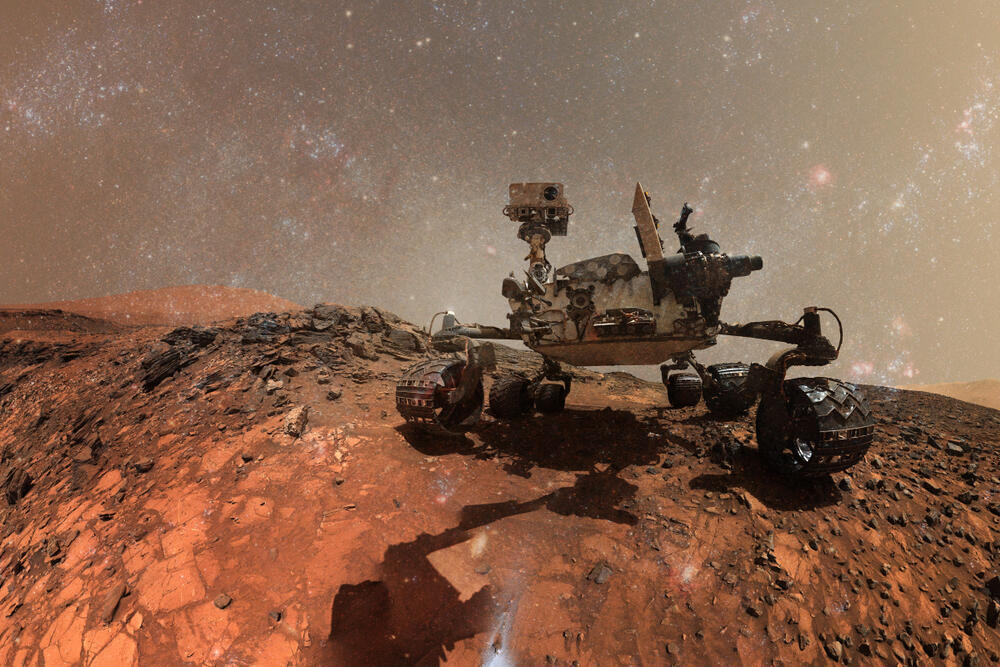Getting your Trinity Audio player ready...
A team of researchers led by Edwin Kite from the University of Chicago proposed introducing engineered metallic nanoparticles or nanorods made of iron or aluminum into Mars' atmosphere to trap heat and scatter sunlight, potentially raising the surface temperature by 28-50°C over a decade.
The proposal, published in the journal Science Advances, suggests that the nanoparticles, similar to glitter, could melt ice on Mars and potentially allow for microbial life and crop growth, making it a feasible first step towards terraforming the planet for future human habitation.
The proposal is seen as a potentially more viable and reversible method than previous expensive and resource-intensive greenhouse gas proposals for terraforming Mars.
Challenges and concerns raised include uncertainties about particle dispersion, potential metal-laden rain, lack of nutrients for agriculture, and ethical concerns about altering another planet's atmosphere without fully understanding it.
This article was written in collaboration with Generative AI news company Alchemiq
Sources: Fast Company, Al Jazeera, Sky News, Forbes, Popular Science, Futurism, Deutsche Welle, The Economist, Yahoo, The Times of India, Folha de S.Paulo, Olhar Digital, The Hindu, Asharq Al-Awsat, New Scientist, Tesheshi, Meteo Giornale, Westside People Magazine


